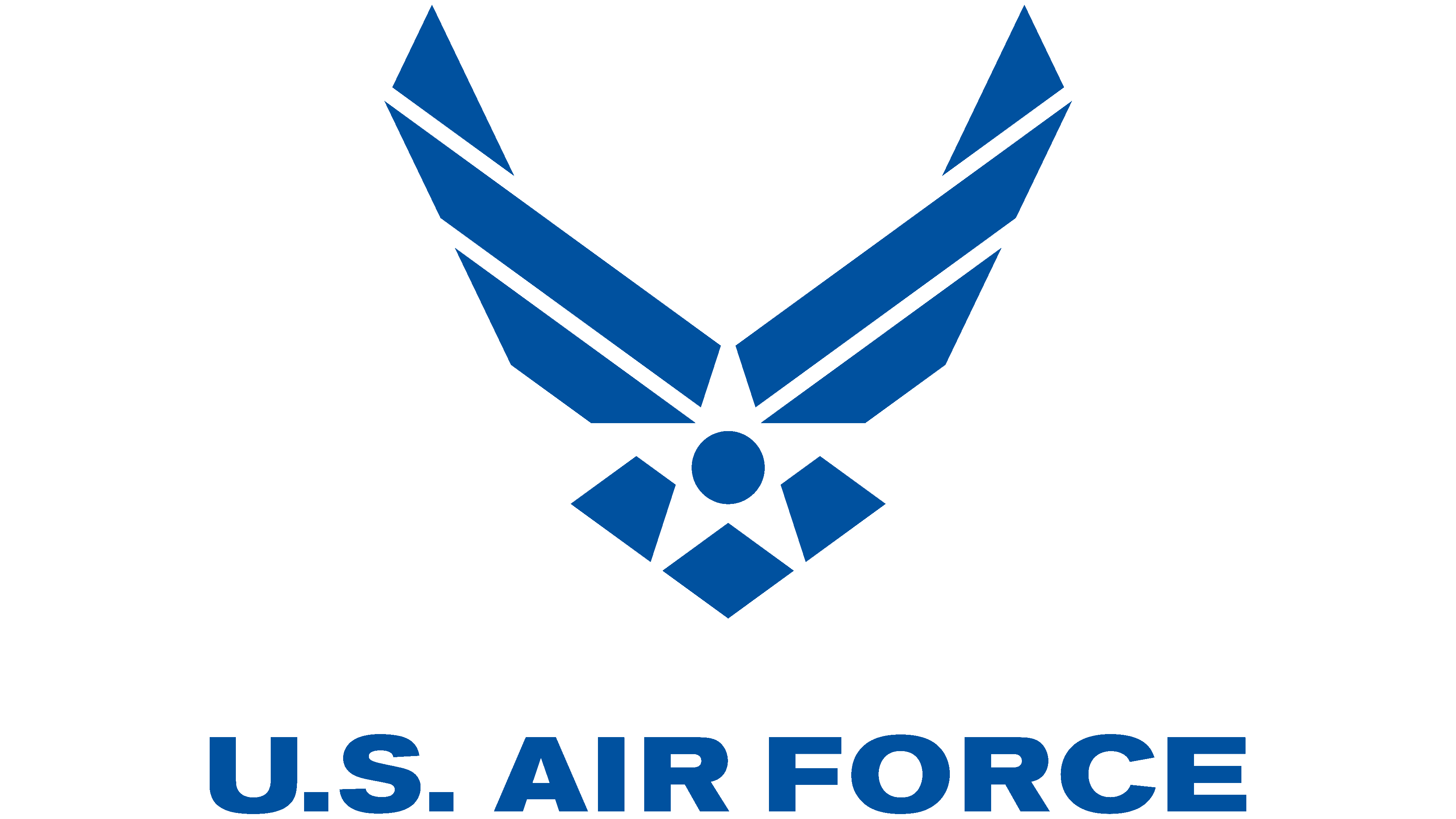Air Force Logo
The Air Force, a key branch of a nation’s military, primarily oversees aerial warfare and operations. Equipped with cutting-edge aircraft, from fighters to cargo planes, it ensures air superiority, enabling safe ground and naval missions. Besides combat roles, the Air Force undertakes humanitarian aid, surveillance, and strategic deterrence tasks. Integral to national defense, it requires rigorous training and discipline, fostering innovation and adaptability. With evolving technology, the Air Force constantly adapts, ensuring readiness for modern challenges. Its presence not only deters adversaries but also bolsters diplomatic efforts, cementing a nation’s global stance.
Meaning and history
The U.S. Air Force’s story began with aviation’s dawn. During WWI, the U.S. Army Signal Corps oversaw air operations, highlighting aerial combat’s emerging importance. After the war, the U.S. realized the need for a dedicated aerial branch, leading to the Army Air Corps’ formation in 1926.
World War II marked a pivotal chapter. The U.S. rapidly expanded its air capabilities, deploying bombers and fighters across theaters. The conflict witnessed iconic planes like the P-51 Mustang and B-17 Flying Fortress, changing warfare’s landscape.
Post-WWII, in 1947, the National Security Act established the U.S. Air Force as an independent service, reflecting its significance. The Cold War era emphasized strategic deterrence. The U.S. Air Force developed intercontinental ballistic missiles, strategic bombers, and reconnaissance planes. The Cuban Missile Crisis of 1962 underscored the Air Force’s crucial role in nuclear deterrence.
Vietnam brought challenges and evolution. The Air Force played key roles in bombings and reconnaissance, facing anti-aircraft missiles and advanced fighters.
The Gulf War in 1991 showcased precision-guided munitions, stealth technology, and the F-117 Nighthawk. The conflict reaffirmed air power’s dominance in modern warfare.
Post-9/11, the Air Force adapted to asymmetric threats. UAVs like the Predator drone became instrumental in counter-terrorism efforts. Cybersecurity also emerged as a key frontier.
Today, the U.S. Air Force continues to evolve, embracing new technologies and strategies, upholding its legacy while preparing for future challenges.
1946 – Today
The contemporary iconic bird emblem, reminiscent of Air Force General Henry Harley Arnold, hails from the WWII era. This insignia is ingeniously crafted from an array of geometric elements: trapeziums, triangles, diamonds, orbs, and skewed quadrilaterals. When orchestrated meticulously, these shapes depict a majestic bald eagle with outstretched wings.
Central to the badge is a pentagonal star, birthed through the interplay of hues and crisp lines, leveraging the negative space. Encircling this star, one can observe a cerulean disc, from which luminous streaks radiate outward. Positioned beneath, the words “U. S. Air Force” affirm the emblem’s identity.











